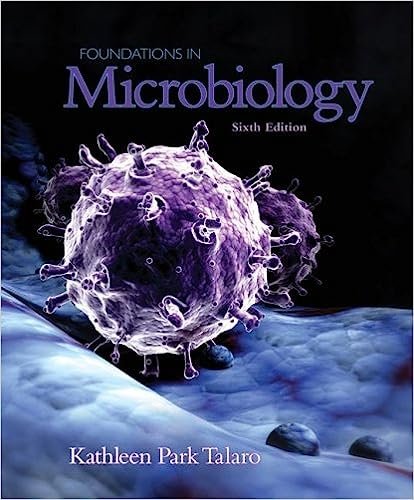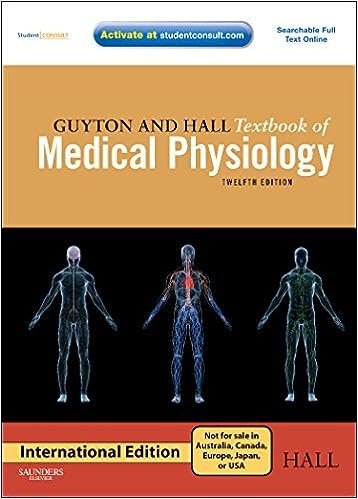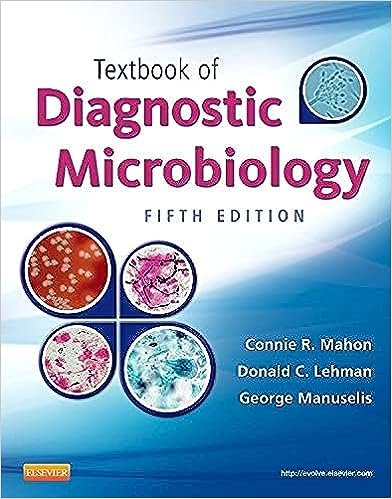Test Bank For Foundations In Microbiology 6th Edition By Kathleen Park Talaro
1
Student: ___________________________________________________________________________
1. Disease-causing microorganisms are called
A. decomposers.
B. procaryotes.
C. pathogens.
D. eucaryotes.
E. fermenters.
2. The microorganisms that recycle nutrients by breaking down dead matter and wastes are called
A. decomposers.
B. procaryotes.
C. pathogens.
D. eucaryotes.
E. fermenters.
3. The microorganisms that do not have a nucleus in their cells are called
A. decomposers.
B. procaryotes.
C. pathogens.
D. eucaryotes.
E. fermenters.
4. When humans manipulate the genes of microorganisms the process is called
A. bioremediation.
B. genetic engineering.
C. epidemiology.
D. immunology.
E. taxonomy.
5. Which of the following is not considered a microorganism?
A. mosquito
B. protozoa
C. bacteria
D. viruses
E. fungi
6. All microorganisms are best defined as organisms that
A. cause human disease.
B. lack a cell nucleus.
C. are infectious particles.
D. are too small to be seen with the unaided eye.
E. can only be found growing in laboratories.
7. Which activity is an example of biotechnology?
A. bacteria in the soil secreting an antibiotic to kill competitors
B. a microbiologist using the microscope to study bacteria
C. humans using yeast to make beer and wine
D. Mycobacteria tuberculosis in the lungs causing tuberculosis
E. public health officials monitoring diseases in a community
8. Which of the following is a unique characteristic of viruses that distinguishes them from the other major groups of microorganisms?
A. cause human disease
B. lack a nucleus
C. cannot be seen without a microscope
D. contain genetic material
E. lack cell structure
9. The Dutch merchant who made and used quality magnifying lenses to see and record microorganisms was
A. Francesco Redi.
B. Antonie van Leeuwenhoek.
C. Louis Pasteur.
D. Joseph Lister.
E. Robert Koch.
10. Pasteur used swan-neck flasks in his experiments to prove that
A. air had “vital forces” capable of spontaneous generation.
B. microbial fermentation could be used to make wine.
C. dust in air was a source of living microorganisms.
D. microorganisms could cause disease.
E. microorganisms could be grown in laboratory infusions.








Reviews
There are no reviews yet.